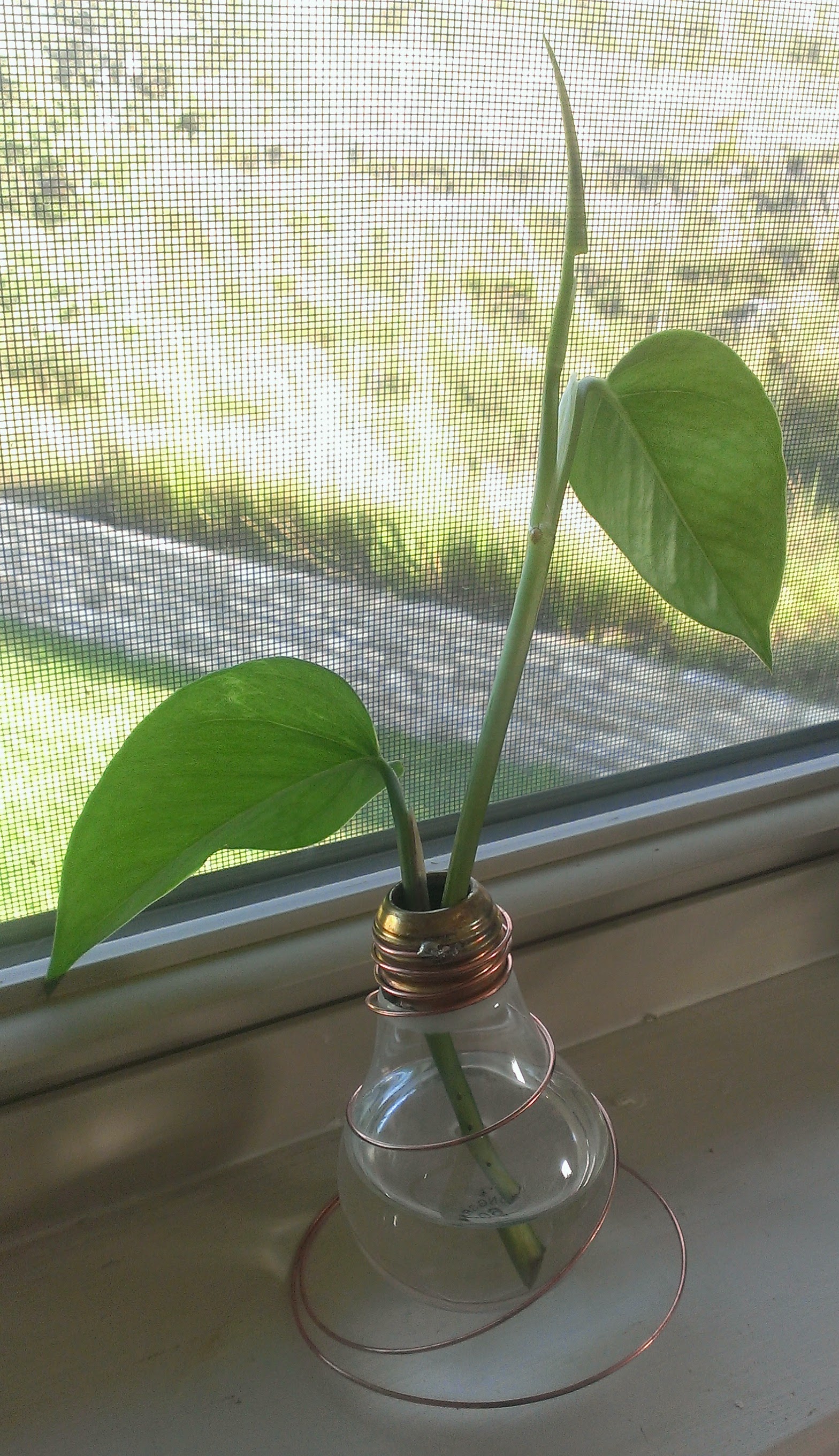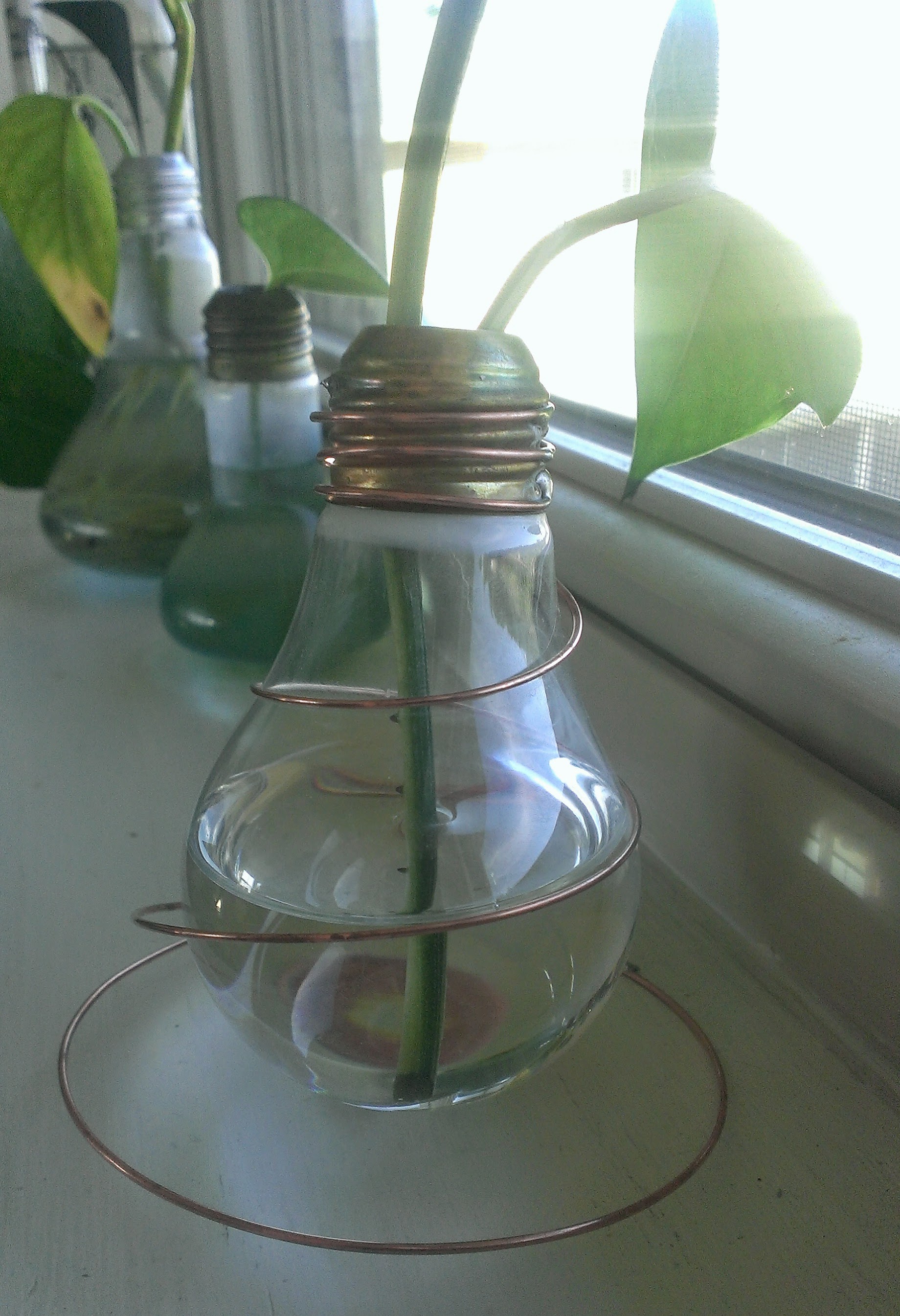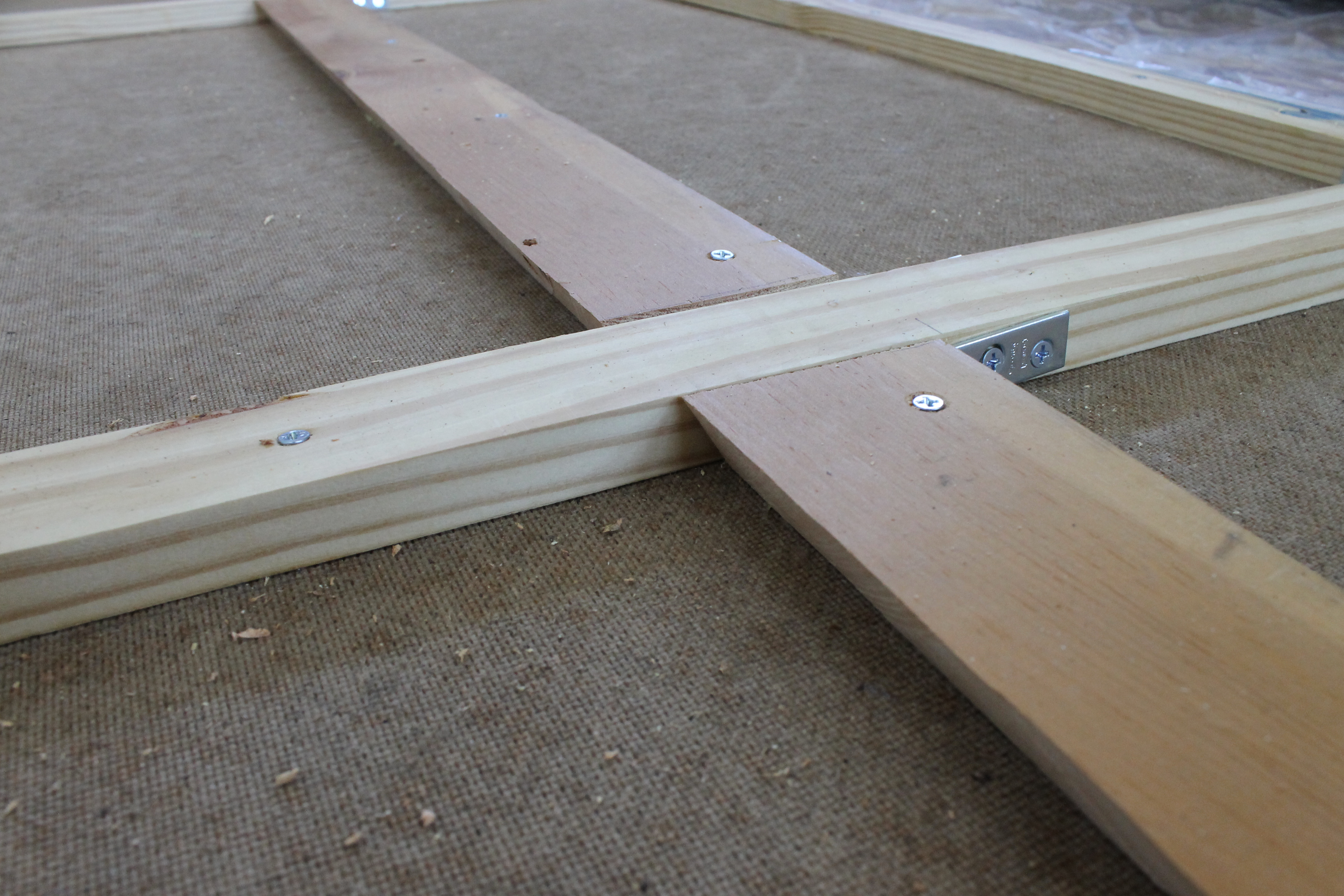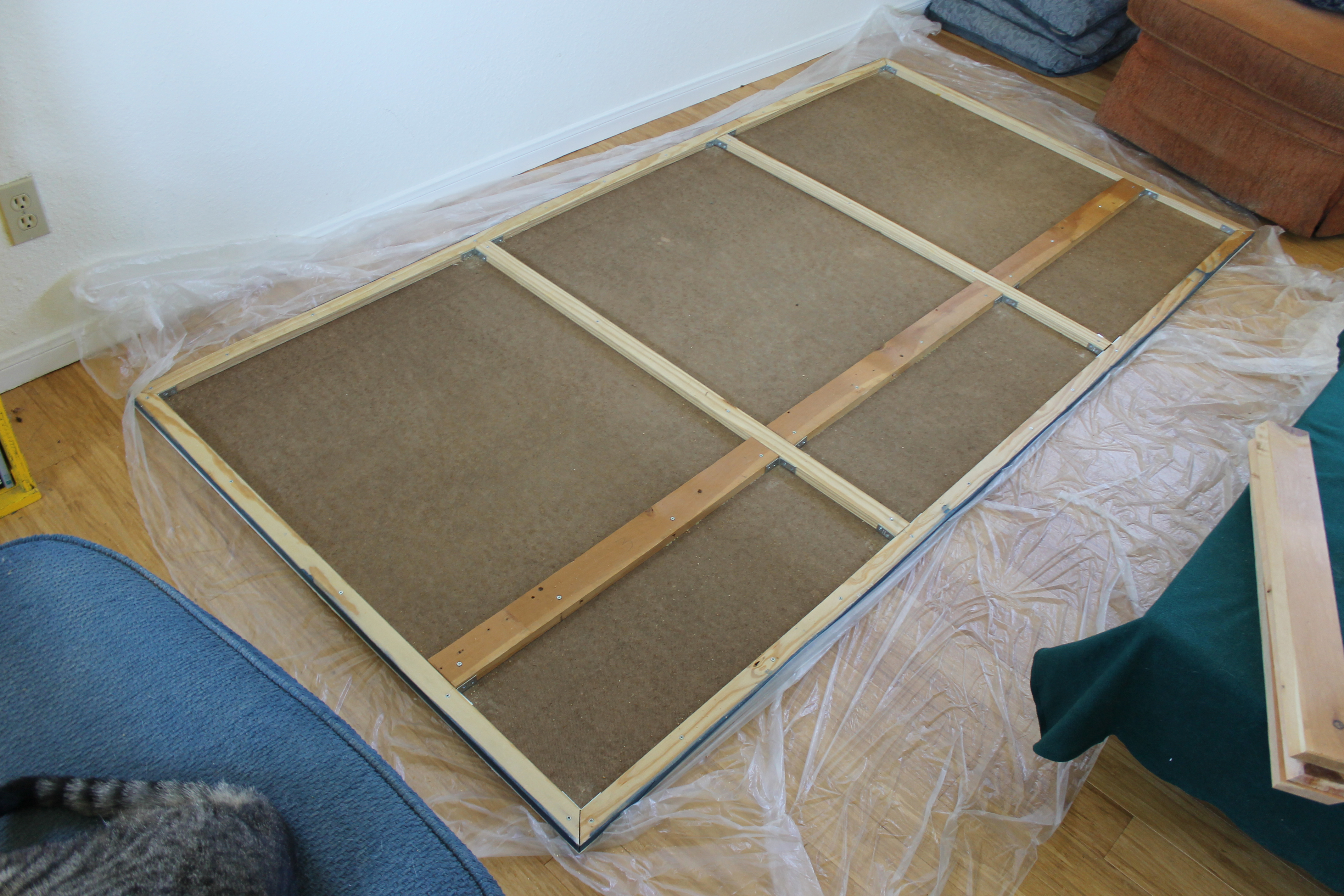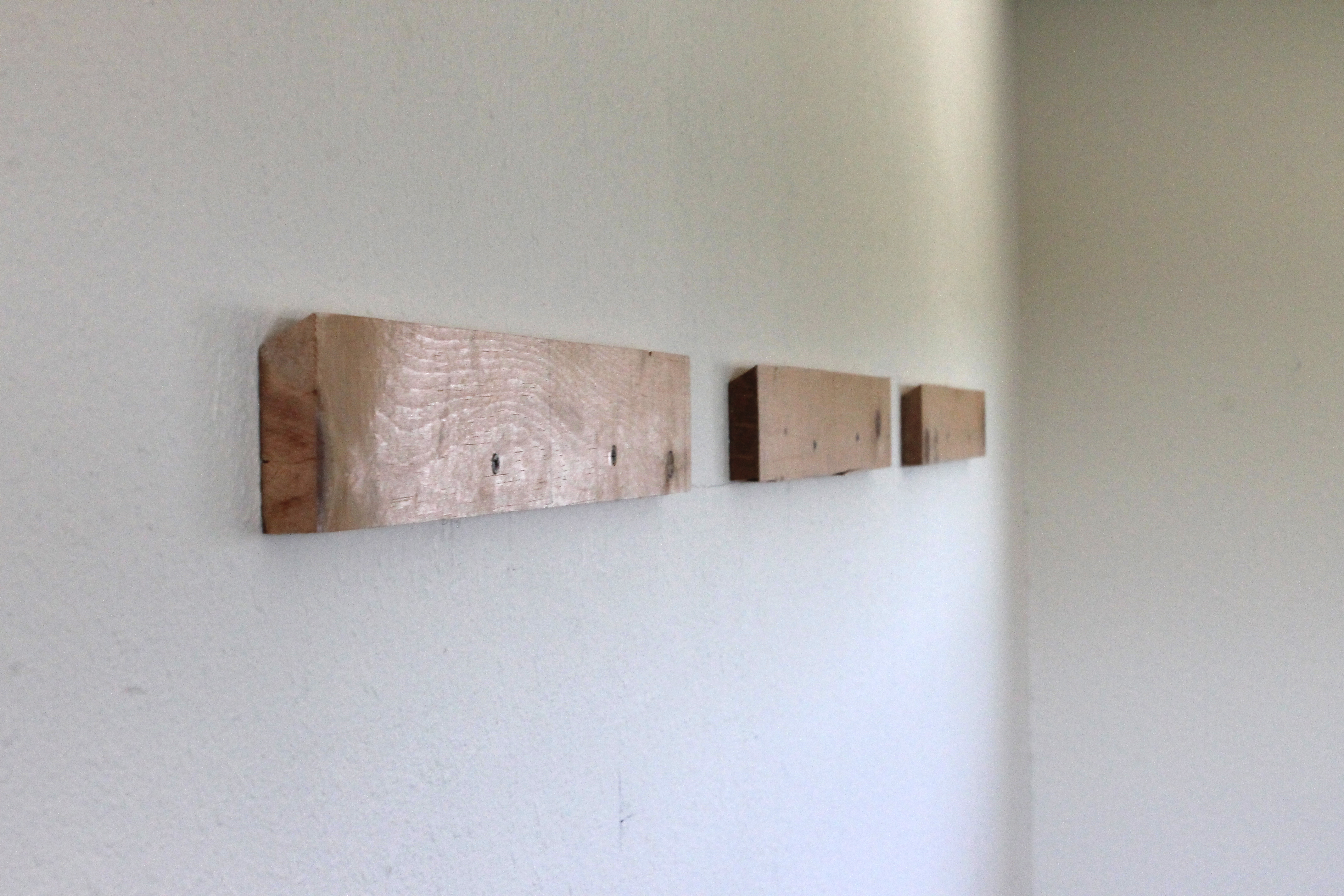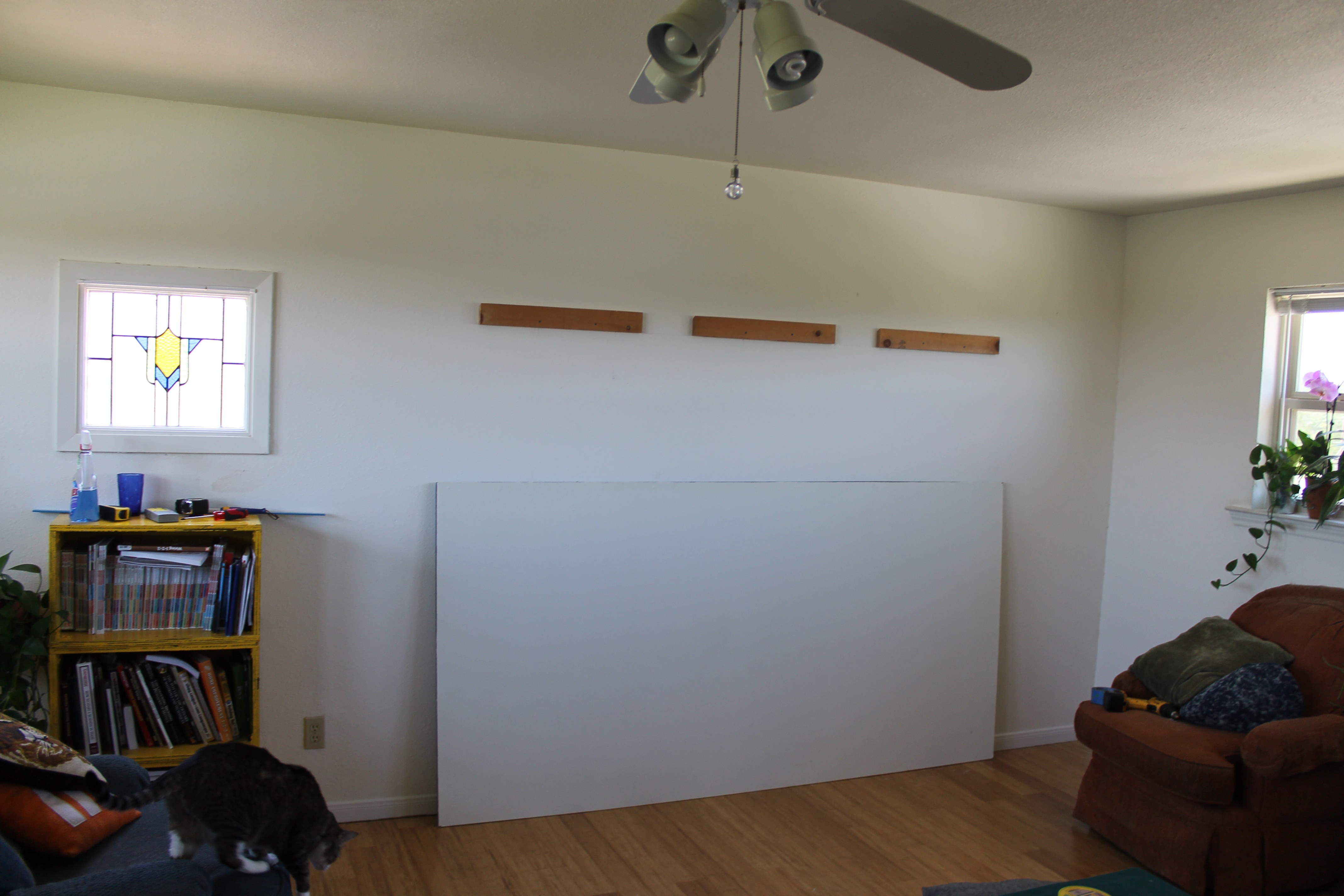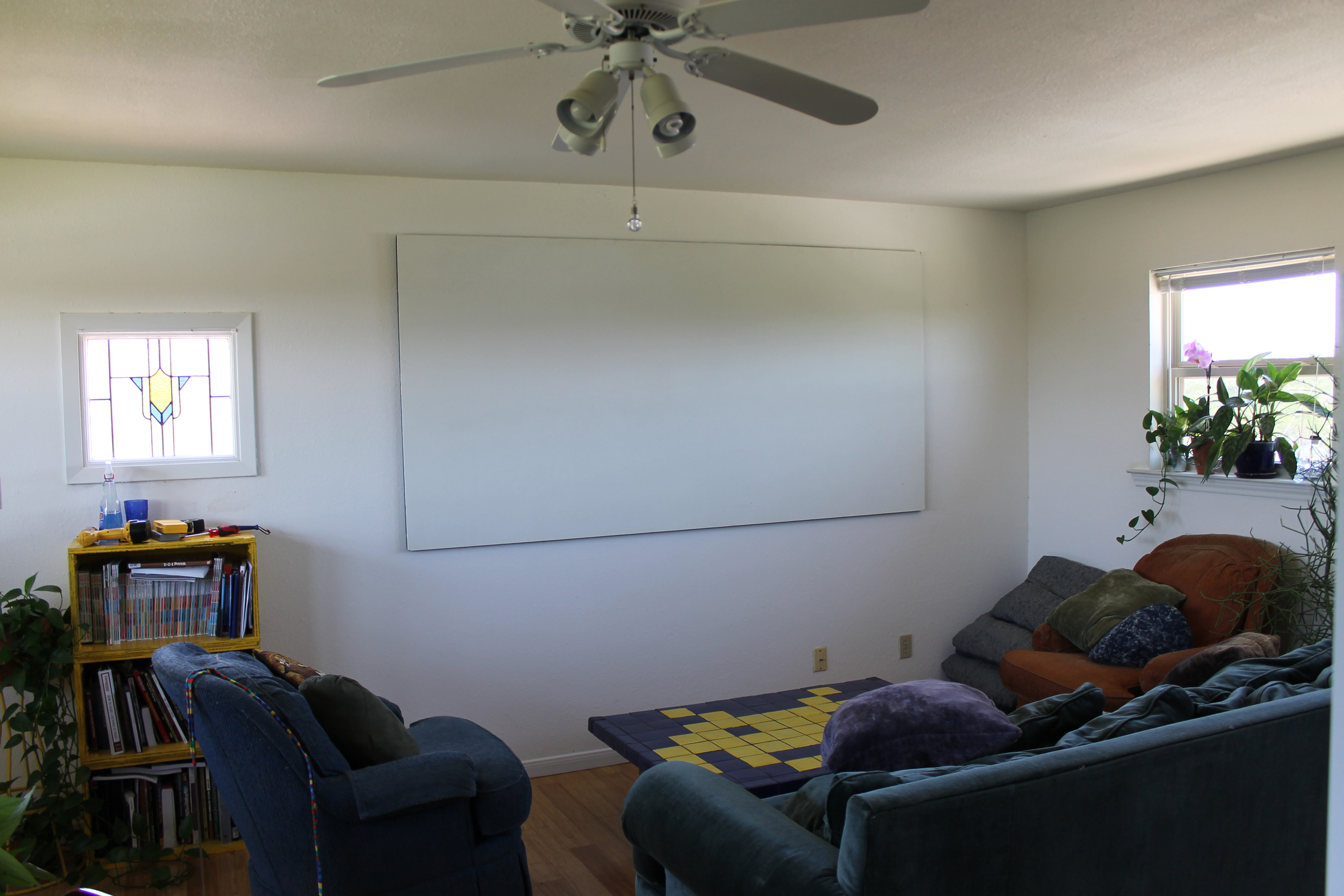
I got this fortune from a cookie in 2010. It struck me as completely hilarious, and I briefly toyed with the idea of launching a Twitter feed called “Ominous Fortune Cookie” comprised solely of, not so much depressing, as darkly foreboding aphorisms inspired by this one incredibly creepy saying. I gave up on that plan, eventually, in part because crafting good ones turns out to be rather a challenge, and there was no way I could keep up the pace.
So, I’ve had this thing on my refrigerator, in one home or another, for almost five years now, and only last month, when I looked at it, did it occur to me that there is, in fact, a glass-half-full interpretation: character, I suppose, might grow in the garden. Spiritual insight. Peace. A sense of connection to the natural world and to all living things, everywhere, throughout time and the boundless reaches of the universe, forever and ever amen. Shantih shantih shantih, yada yada yada.
So now I’m curious if the evolution of my understanding of this fortune cookie provides some kind of unique Rorshach-blot-type insight into my mind. For me, this arrangement of these dozen words tends to evoke thoughts, first and foremost, of weeds, grubs, and other pests, and that’s just at the most superficial, literal level of interpretation. This is a fortune cookie, after all, and the language of prophecy is always richly metaphorical, and among metaphors, The Garden is an especially rich one. If things are growing in the garden besides that which was planted there, surely it must be bad sign, no? Or is it just me?

